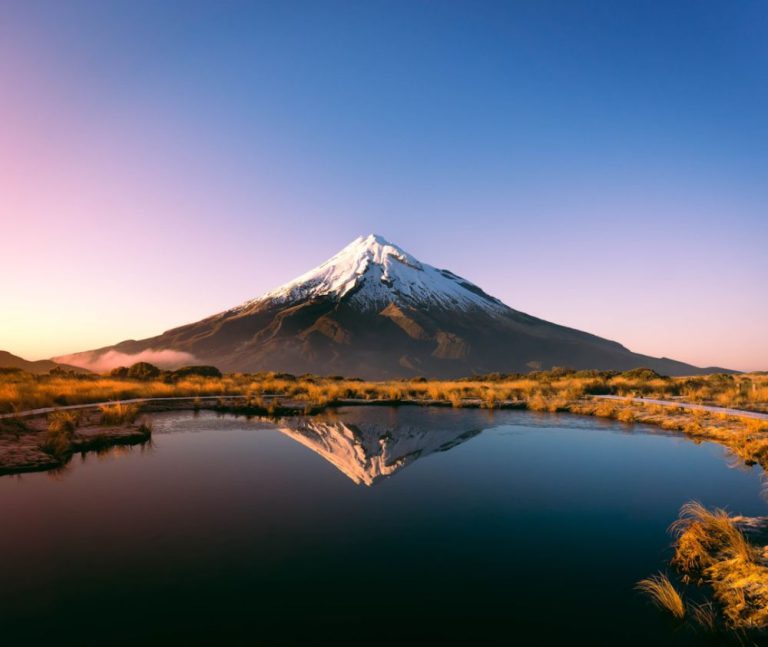
The Maori people of New Zealand have a rich cultural heritage that is beautifully expressed through their intricate and symbolic carvings. These carvings are not only visually stunning but also hold deep spiritual and cultural significance for the Maori community. Let’s explore some of the most famous Maori carvings that have captivated people around the world.
The Poutokomanawa Carving
One of the most iconic Maori carvings is the Poutokomanawa, which translates to “heart post” in English. This central post is a vital element in the design of a traditional Maori meeting house, known as a wharenui. The Poutokomanawa represents the heart of the community and is adorned with intricate carvings that tell the stories of the tribe’s ancestors and their connection to the land. These carvings often feature symbolic motifs such as spirals, koru (unfurling fern fronds), and manaia (mythical creatures), each with its own unique meaning.
The Hei Tiki Pendant
The Hei Tiki is a traditional Maori pendant that is carved in the shape of a human figure with big eyes, a large head, and a small body. This iconic piece of jewelry is believed to bring good luck and fertility to its wearer. The intricate carvings on the Hei Tiki often depict ancestral figures or spiritual guardians, symbolizing protection and guidance. These pendants are highly prized by the Maori people and are often passed down through generations as treasured family heirlooms.
The Waka Taua Canoe
Maori carvings are not limited to stationary objects but also adorn their traditional canoes, known as waka taua. These war canoes are intricately decorated with elaborate carvings that depict the tribe’s history, legends, and spiritual beliefs. The prow of the waka taua is often adorned with a fierce figurehead, such as a taniwha (water monster) or a warrior, symbolizing strength and protection. The intricate carvings on the waka taua serve both a functional and aesthetic purpose, showcasing the Maori people’s craftsmanship and artistic skills.
The Tā Moko Facial Tattoo
While not a traditional carving in the physical sense, the Tā Moko is a form of Maori body art that holds significant cultural importance. This intricate facial tattooing tradition is considered a sacred rite of passage and a visual representation of one’s genealogy, tribal affiliations, and life story. Each Tā Moko design is unique to the individual and is created using chisels to carve the skin, leaving behind a permanent mark that symbolizes the wearer’s identity and connection to their ancestors.
The Pouwhenua Boundary Marker
Pouwhenua are traditional Maori boundary markers that are placed at significant sites to demarcate tribal territories or mark important landmarks. These tall wooden posts are intricately carved with symbolic motifs and patterns that represent the tribe’s history, genealogy, and spiritual beliefs. The Pouwhenua serve as a physical connection to the land and its stories, reminding the Maori people of their cultural heritage and responsibilities as caretakers of the land.
In conclusion, Maori carvings are not just decorative artworks but living expressions of a vibrant and enduring culture. From the iconic Poutokomanawa to the intricate Tā Moko, each carving tells a story and carries with it the spirit of the Maori people. These famous Maori carvings serve as a testament to the creativity, craftsmanship, and spiritual connection of one of the world’s most distinctive indigenous cultures.





